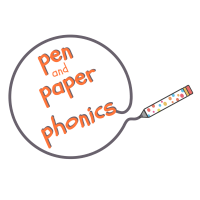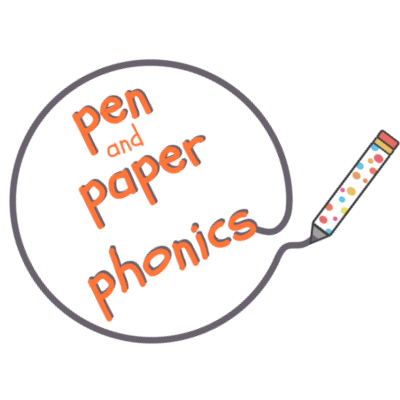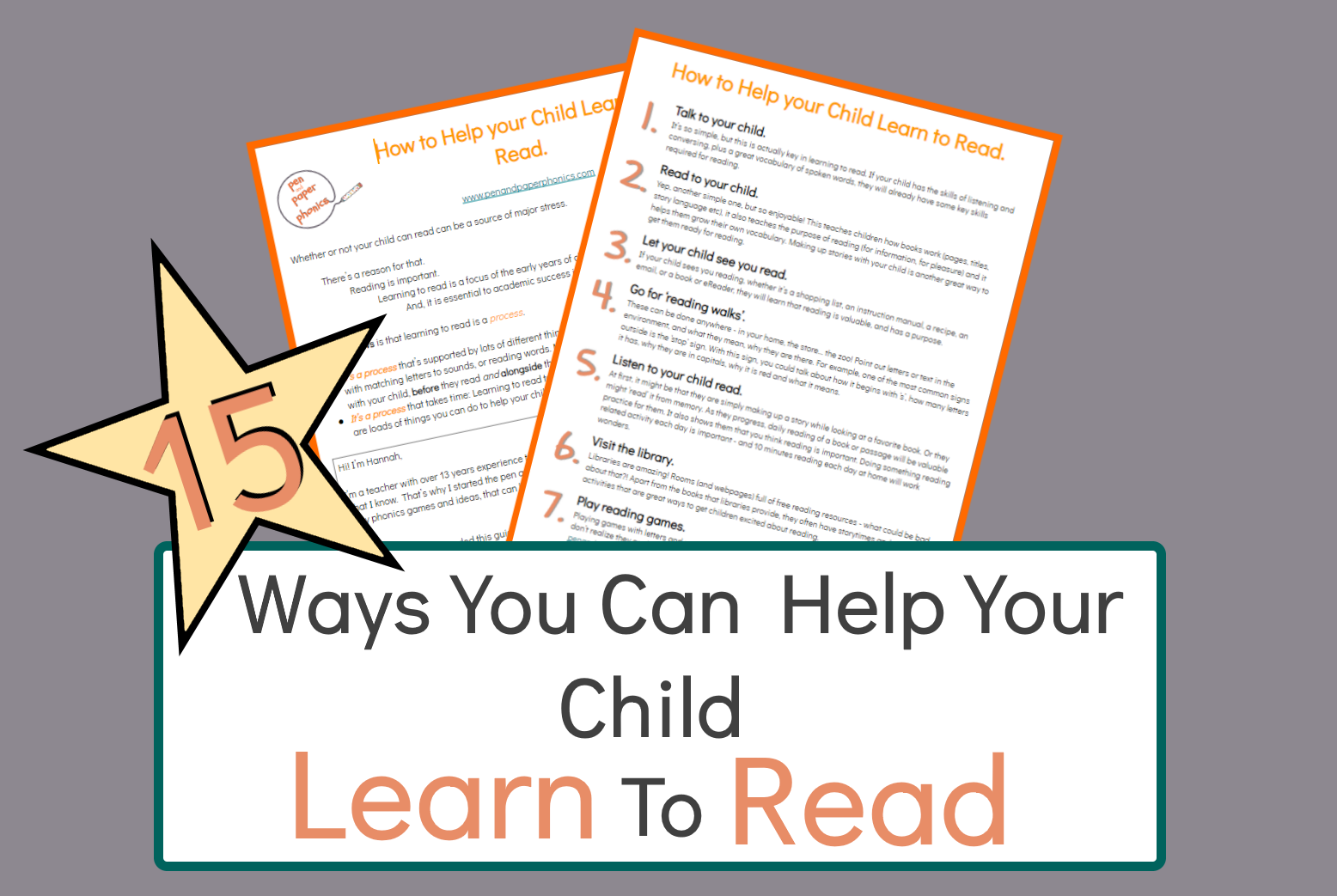
This ‘ay’ and ‘ai’ spelling sliders activity is great for introducing the idea that one can sound can be spelled in different ways as well as giving practice in reading these words.
Background Information:
‘ai’ and ‘ay’ are digraphs. A digraph is a two letter sound – two letters are making one sound.
In the reading process, children first learn to link the letters of the alphabet to the sound those letter make. When they have mastered this, they need to understand that sometimes two letters (called a digraph) can make one sound. This is important because if they try to sound out every letter in a word, they could end up reading the word incorrectly. Finally children learn that there is more than one way of spelling some sounds. These ‘ay’ and ‘ai’ spelling sliders helps this learning.
If you want to know more about digraphs, my Letters and Sounds Explained page is a great place to start. This website is also a great resource.
Not sure if this activity will help your child or student? Click here for information to help you decide.
‘ai’ and ‘ay’ Spelling Sliders
What you will need:

- A list of words you want your child or student to practice (see the end of this post for example lists).
- Flash cards with ‘ay’ and ‘ai’ on them.
- A pen.
- To make the slider (you can make your own, or there is a template at the bottom of this post):
- For the first slider, you will need a rectangular piece of card with one set of slits in it, and a longer strip that fits in the slits.
- For the second slider, you will need a rectangular piece of card with two sets of slits in it, and a longer strip of card that fits within the slits.
*You can also use paper to make the slider, but card makes it easier to handle.
To assemble the spelling slider:
- Write the part of the word (‘ai’, ‘ay’) that will not change on the rectangular piece of card. ‘ay’ needs to be on the slider with one set of slits and it needs to be written on the right of the slits. ‘Ai’ needs to be in the middle of the card with two sets of slits.
- Write the letters that will slide up and down on the longer strips of card.
- Thread the strips into the rectangular piece of card.
How to play:

- Start by looking at the flashcards with ‘ay’ and ‘ai’ on them. Ask your child to say the sounds these letters make. For example “‘a’ ‘i’ says /ay/”. Discuss how they are the same sound, but written differently.
- Read through them, moving the ‘ay’ spelling slider. Draw your child’s attention to the fact that the /ay/ sound does not change, but the beginning sound does.

- Then move onto the ‘ai’ spelling slider. Look at the position of the letters (in the middle of the word). Show your child or student how the ‘ay’ spelling is usually at the end of words, and the ‘ai’ spelling is usually in the middle.
- Read the words as before.
- * Often, students like to move the slider themselves, and this is great way to let them interact with the word.

To note
Not every game or activity goes to plan! Here are some things to watch out for in this ‘ay’ and ‘ai’ spelling sliders activity:

- This is a quick activity, it is not meant to take a long time, so pace is important. There is some explanation/teaching needed about the position of the spelling choice, but it should not take too long.
- Sometimes, as with most phonics games, you can make words that are not real words. I think this is fine as an activity after the main activity. To avoid this you could do word families such as tail, rail, sail, pail. This way it is only the beginning sound that is changing.
- Sometimes, you can also make words that are real words, but not spelled correctly. For example, ‘waid’ is a word, but is spelled ‘wade’. This is a good opportunity to talk about how there is another spelling for the /ay/ sound (often called magic ‘e’).
How to adapt
There are lots of ways to adapt this ai and ay spelling sliders activity. Here are a few:

- Only use one digraph: For example, just use ‘ay’ if your child is not yet ready to learn two different ways of spelling the same sound.
- Change the digraph: There are other digraphs that follow the same pattern as ‘ay’ and ‘ai’. For example ‘oi’ and ‘oy’ in ‘coin’ and ‘toy’, or ‘ow’ and ‘ou’ in ‘cow’ and ‘cloud’.
- Turn it into a game: I sometimes add points to each word, and ask my student to try to get as many points as they can by reading all the words.
Is this ‘ay’ and ‘ai’ digraph slider activity right for my child?
Sometimes, it can be difficult to know if an activity will be helpful for your child or student. For this ‘ay’ and ‘ai’ spelling sliders activity, the questions below might help:
- Do they know the sound that ‘ay’ makes? Do they recognize digraphs (two letter sounds), such as ck, ch, sh, th, ee, oo. There is an order in which children learn digraphs, so if they don’t know ck, ch, sh, etc, then it might be worth starting with these sounds, before moving on to ‘ay’.
- Are they confidently sounding out words with these sounds in them? For example, can they hear that /h/-/ay/ says hay?
- Are they reading four and five letter words, such as ‘sheep’ or ‘beach’ correctly?
- They may have begun to understand that there is more than one way of writing the same sound, such as ‘ea’ and ‘ee’, ‘igh’ and ‘ie’. However, as this game introduces this concept, it is not totally necessary that they understand this before they play.
If the answer is ‘yes’ to these questions, then this ‘ay’ and ‘ai’ spelling sliders activity will be a great way to teach or reinforce the different spellings for the /ay/ sound. .
Here’s how it looked when I did these ‘ay’ and ‘ai’ spelling sliders in ‘real life’!

Resource Downloads for ‘ay’ and ‘ai’ spelling sliders:
If you enjoyed this ‘two letter’ sound activity, check out this ‘-ck’ activity.


